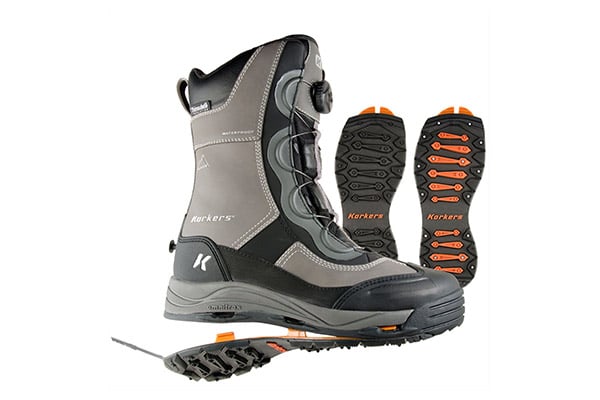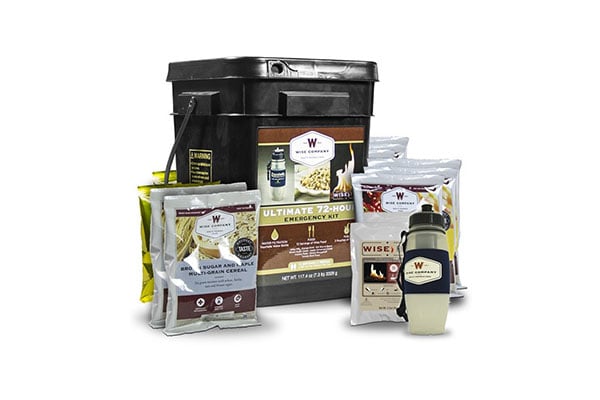Last Updated on
It can be depressing for the onset of winter to interfere with the solid workout routine you have, but you don’t have to sit at home and wait for the warmer temperatures to return. Cold weather is no reason to stop running outside, but you will have to alter your routine some. You’ll also need to dress for the part, and it’s important to find the right balance between staying warm and overheating. Those that time their workouts may find they even clock faster times versus those hot, muggy days. Let’s look into the task of running in cold weather so you don’t get lose your important routine over the winter.
What To Wear – Core
You can’t exactly put on shorts and a tank top and expect to last long on a winter run. You’ll need a carefully selected set of workout clothes to keep you going in colder temps. Moisture wicking clothing is key in winter running just like it is in other cold weather activities like skiing and snowshoeing. You’ll want to draw moisture away from your core to keep sweat from pooling and cooling you down. Start with a good base layer made from moisture wicking material, and you can always add moisture wicking underwear as well.

Next, assess the temperature outside during the time you’ve decided to run. If it is really cold, say in the teens or below, then you’ll want a mid layer as well as a top layer. However on slightly warmer days, you’ll want to just stick with a base layer and a top layer like a insulated running jacket. As for bottoms, you may want to double up on tights on top of your base layer or running pants. Select jackets and pants that allow you to move freely. After all, you don’t want bulky or heavy hard shell jackets and pants make your run feel more like a hike.
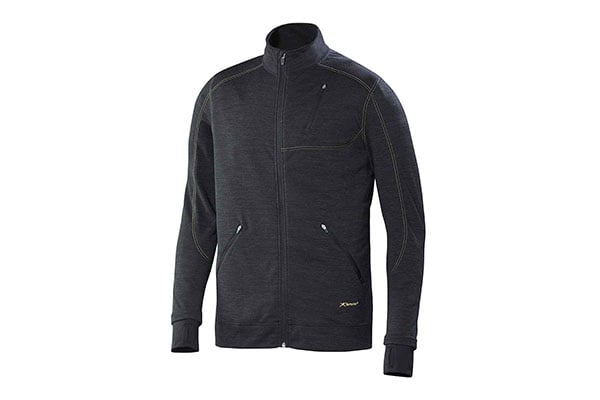
You should step outside the door and feel cold in what you’re wearing, but remember you’re going to warm up as you run, so in a couple minutes your temperature will be just right. The alternative will be not only unpleasant but potentially dangerous considering the conditions. You don’t want to sweat so heavily you can’t keep your pace, and hypothermia can follow if you’re on a longer run. For most, a run in the park doesn’t involve much of a risk for hypothermia, but it is still something to be aware of. Frostbite is another concern, and if you’re running for a long time you might not notice the initial onset of frostbite, so beware.
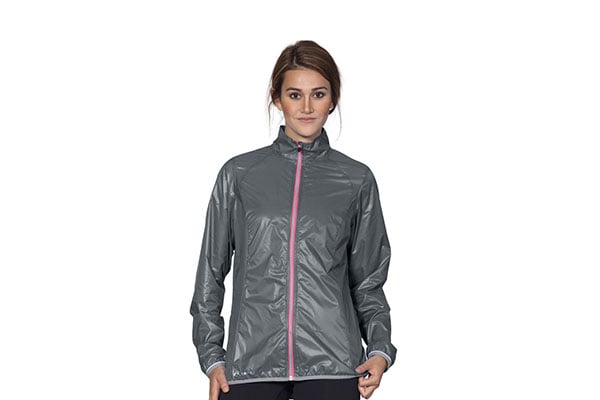
Extremities
Now that you’ve got your core covered, it’s time to turn to the extremities. You’ll want to wear a stocking cap to keep your head warm and gloves for your hands. In most cases, a thinner pair of moisture wicking gloves will be all you need. Remember, your hands are going to warm up as you run. Next, don’t forget to select a mid-weight moisture wicking sock to wear under your running shoes. These will draw moisture away as your feet sweat and keep them from chilling as you work out. As for the shoes, select a pair with decent treads for those winter runs. Ice can remain on walks and trails long after the last snowfall, and you don’t want to go headlong into them without decent traction on your shoes. You should remain vigilant when running in the winter, and always keep your head up as you never know when that icy patch might be up ahead.
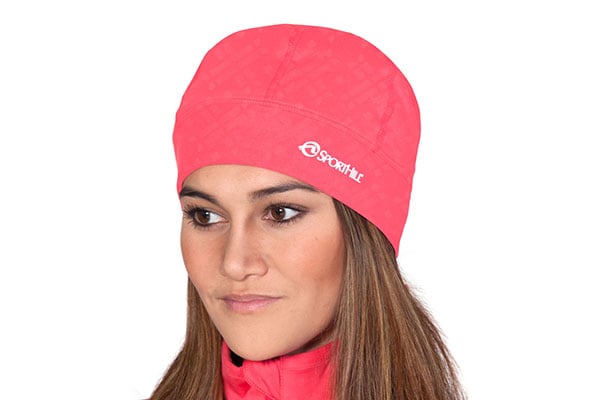
Evaluating Temperature
The outside temperature is just one factor in choosing what to wear or even when to run or hit the treadmill. Wind chill can turn an otherwise reasonable winter day into a bitter cold run, and anytime the wind chill dips below 10 degrees, you’re better off subbing an indoor workout for an outdoor run. The same goes for any day when the temperature itself is below 10 degrees, and you certainly don’t want to try a run when sub zero temperatures rear their ugly head.
You also have to think about your health when considering a cold weather run. Very cold temperatures can be tough on the heart and may even cause chest pains. Dehydration is also a factor, especially since you don’t notice it as much when it is cold out. Make sure you are adequately hydrated before you head out, and if your run is longer, plan for an option to stop and drink water like a hydration pack. Remember, those outdoor fountains you rely on in the summer are probably turned off for the winter. You’ll have to fend for yourself when it comes to hydration.
Be safe, know when to stay inside, and you’ll create a great winter running regiment that will keep you fit and healthy all year long.
Prices and availability on Gritroutdoors.com are subject to change.
Thumb image courtesy of Wikimedia Commons.

